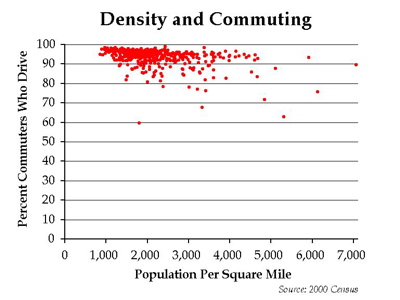In 1976, when Congress required the Forest Service to write comprehensive, long-range plans for each of the 100 or so national forests, the Chief of the Forest Service estimated that it would take about three years to write all the plans. In fact, it took eighteen.
Part of the problem was that planning took so long that reality changed in unexpected ways before the plan could be completed. Planners then had a choice of ignoring reality or starting over. Those who ignored reality delivered plans to forest managers that made no sense. Those who started over never really got done.








